Spring meets Summer, Foraging issues and guidelines
Spring meets Summer, finally!
Although it’s still technically spring, it’s starting to feel a lot like summer. A deep, lush green abounds, a symphony of birds chirping, and yup, the mosquitoes are out in full force.
Our spring rush of harvesting shoots and fiddleheads is over. It’s always a mad dash to seize the short window and make the most of it. With a slow, cool spring, the greens were at their best - mild and crisp, delicious.
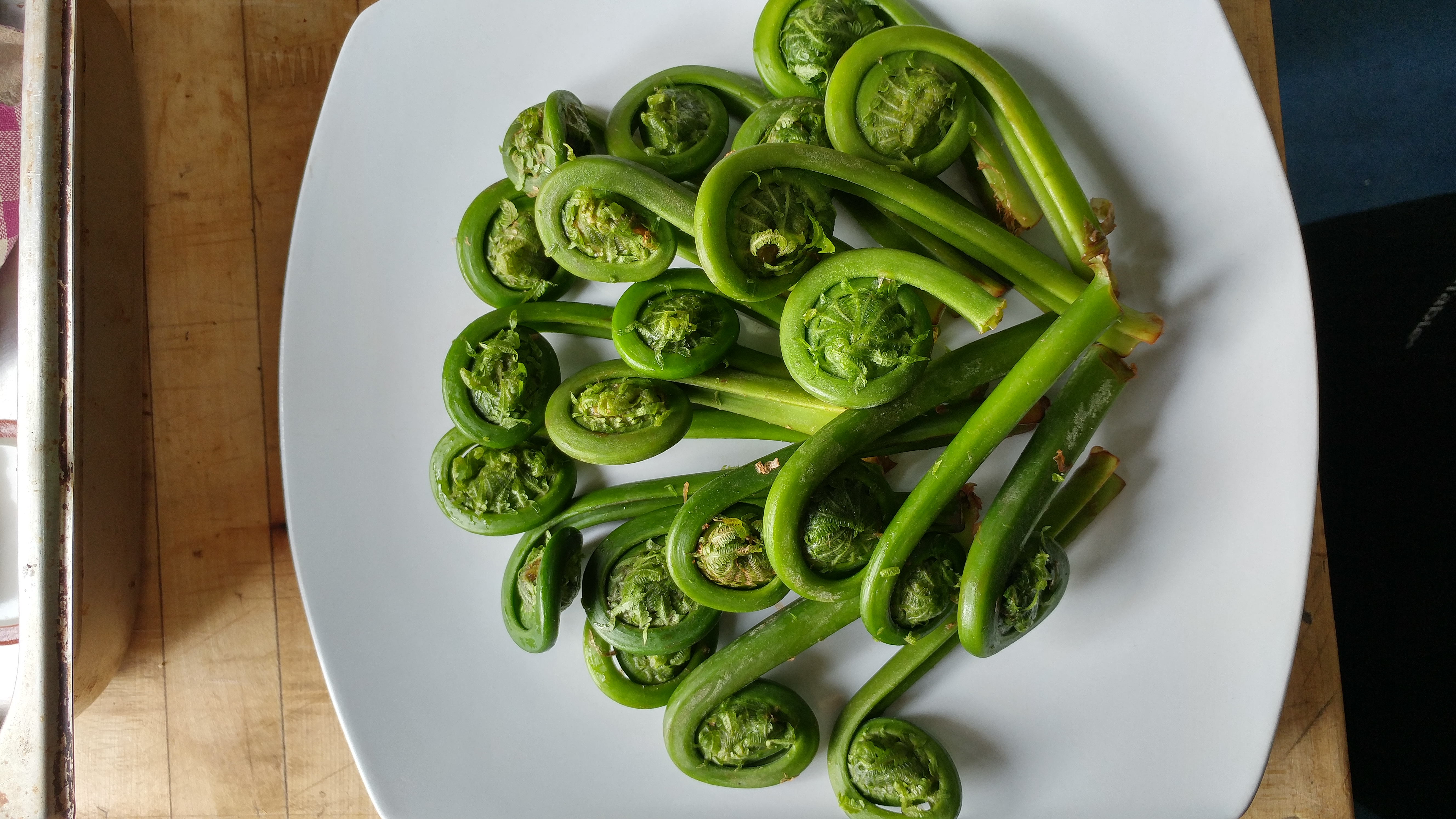 François' 'shade' fiddleheads
François' 'shade' fiddleheads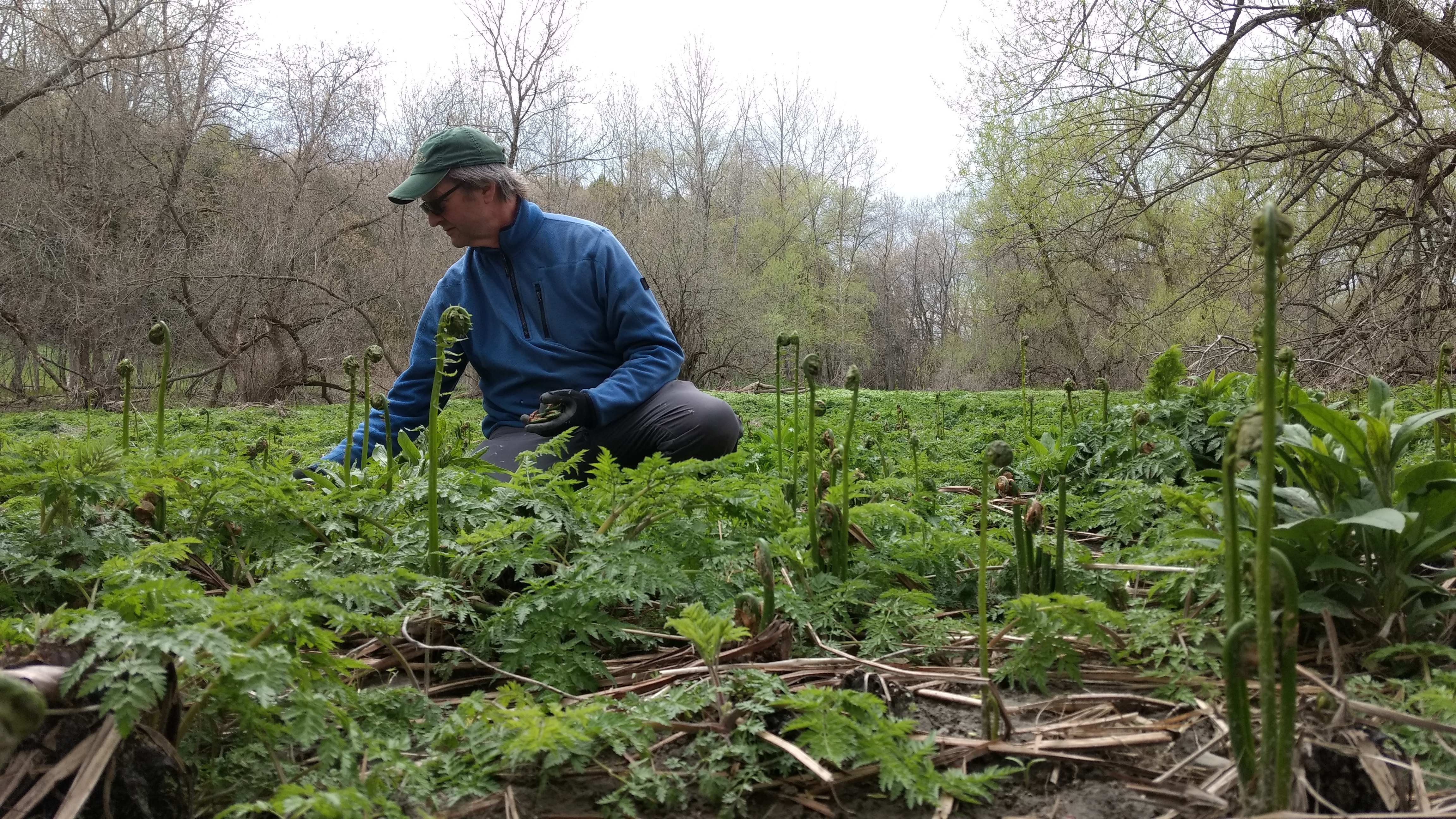
 erythrone/trout lily
erythrone/trout lily
Now, the early season stars like Trout lily, Dandelion, Spring Beauty and Linden have gone, as Stonecrop (live-forever), Daisy and Violet take their place. There is stinging nettle, garlic mustard, sheppard’s purse, wild chives and such.. as the buds appear, the edible flowers start to bloom and first marine greens pop.
It was a great morel season.
I couldn’t help but notice how many people were out there foraging and posting pictures of wild edibles this spring. It is clear that this is a trend that is only growing.
Which is great and NOT.
It’s natural that once awakened to the delights of the forest that passionate eaters and cooks want to get out there themselves. I remember my beginnings at L’Eau à la Bouche with Anne Desjardins where I met François the pioneer of foragers, how thrilling it was to discover these new ingredients. I was lucky to team up and build on his experience, taking the wild thing a step further than the chefs he'd worked with before in the Jardins Sauvages kitchen. But being leaders in largely uncharted territory meant that we had to figure a lot out on our own. Just that a certain plant is edible and best used a certain way is taken for granted now, while many years of research, tests and samples given away lie behind. Not to mention the miles walked and free labour on François' part going back 30 years. Today, it seems that every other menu resembles one of mine from 10 or 15 yrs ago, with game, wild greens & wild flavours everywhere, back when I was the only one with sweet clover or wild mushrooms in my desserts, ha. I knew we were onto something, but who knew it would ‘mushroom’ so.
For sure foraging is awesome in so many ways; it doesn’t get much more terroir, fresh and local than that. But the thing about foraging, is that it’s trickier than it appears! It is not as easy as walking through the woods and filling your basket, it is not 'free'. You need land, and knowledge, a due respect for nature and nuance, lots of time and patience, before actually putting in the hours and doing the work. Finding your spots, being there at the right time, getting down and dirty on your hands and knees with the mosquitoes. It takes more than a day or a season to learn the basics, plenty of books and time spent in the woods. Way more than a google search or utube video, say. People these days want to go too fast. It’s not that I want to discourage eager enthusiasts... But Please! I just wish everyone would be more mindful and cautious. It’s for the plants, the future and one's own sake, not only sustainablility and safety, for deliciousness too.
Foraging primer: Bottom line, Don’t touch unless you know what you’re doing..
Which means How, When and Where.
First of all, know that what you’re picking is indeed edible (there are many look alikes). Ensure that it’s a healthy population. It depends on the microclimate and age of plant population. You need to know the cycle of the plant/how hardy it is before knowing how much you can take. That’s why being in the same spots, seeing the impact of your harvest each year is so important.
Don’t rip out roots (in general). Prune.
If you pick, don’t let it show, as in you’re leaving way more than you take, little trace. Unless you are weeding your garden or in a site with an invasive plant you know well.
Be careful/don’t pick species that are slow to reproduce or endangered: Wild garlic, Wild ginger, Crinkleroot, Milkweed..
And some need to be mature enough, and then just trimmed - like sea asparagus (salicorne, samphire), otherwise you might kill the plant. This is an issue now when it is still several weeks too early to pick salicorne anywhere in Quebec. Yet, I see it on menus.
The ‘weeds’ you can worry less about, Go!: Lamb’s quarters, Nettle, Garlic Mustard, Sheppard’s purse, Purselane, Amaranthe..
And then in the kitchen, they need to be washed, and cooked properly! Some need to be cooked throughout: For instance: Fiddleheads, Milkweed, and most wild mushrooms. Wash well and boil 5min+. Less touchy veg like beach peas, goat's beard, and leafy greens like nettle might only require 1-2min. For mushrooms, a braise is better than a sauté, count 5-20min. Some greens are better raw, but most are better cooked even if slightly. All are super healthy ingredients, but can be toxic, you can’t just wing it. I’ve seen sprouts of toxic plants decorating plates in Montreal.
Don’t give wild plants a bad name by serving anything up because it sounds cool, as little do you know it might be of sketchy quality, often like those on the black market or picked without experience.. For example, dandelion is only good if picked young (before flower) in the morning; most greens like live-forever only in shady, humid conditions; garlic mustard is only yummy young/early season and same, bitter in dry conditions. Same with beech chickweed. Etc. Where, when and how was it picked/stored etc.. is key to whether it will be yummy and not give anyone a belly-ache.
With many wild plants and aromatics (herbs/spices), it’s a question of dosage.. As with nutmeg, basil or rosemary, all of which can kill you if you eat too much. The difference between delicious, medicinal and toxic is in the dose. Normally nature is well made, as in you won’t use anything potent in huge quantities - the difference between a vegetable and an herb, a stock or a sauce. For example, be careful with mélilot/sweet clover flower, sweet grass, conifers - less than .1%. . Oxalis (Lady’s sorrel), like kale and rhubarb leaves contains oxalic acid, which is hard on the kidneys. And so on.
(See more picking tips and photos/links below..)
Whether picking or not, Chefs using wild ingredients need to be responsible for their source or purchases! (See Black Market blurb below) And you can participate. There is a conference on the commerce of PFNL (wild edibles) and the development of guidelines, with chefs and journalists invited (June 14th in Quebec City), the first public meeting of the type, there will be more. It’s about developing the industry further, but in a structured and sustainable way. See below.
Rules and Regulations – they are coming, but it’s complicated
This explosion of amateur foragers and start-ups might be a plus for the economy but problematic for sustainability of the resource and market, quality and safety. Making some sort of regulation has become necessary. Which is what groups of people in the industry and levels of government are currently working on but it’s incredibly complex. Between the interests to develop the forest beyond lumber, putting people to work in the regions, sharing our heritage while balancing what is possible with respect to nature and the realities of the market, labour, what is doable and fair when it comes to enforcement... Quotas, permits?
It’s a big pain in the ass actually. We have no choice but to be implicated, because we care and have expertise to bring to the table, and obviously, it will affect us directly. Trust me, we would rather not have to spend so much time on all this debate and data for regulation because although we believe in it, I can humbly say it shouldn’t even apply to us. Because of all the careless people who ravage or innocently don’t know what they’re doing, we might be banned from picking and exploiting edibles we have plenty of on private property, picking sustainably in the same spots every year (for 30 yrs). Nonsense. No one even knew about most of these wild edibles until François put them on menus by introducing them to chefs.
Or like with ramps. We have a healthy population that we could easily sustainably put it on our menu from our back yard, but it’s illegal. If I chop up a few leaves as a soup garnish for 10 clients there is an inspector at my door. Meanwhile, chefs all over Montreal who do hundreds/thousands more covers have ramps on their menu, from where? No inspectors? So it should be illegal, but what difference does it make? Ideally, it should be legal but regulated.
Black Market Everyone likes a good price, be it at the market or from a picker coming to a chef’s door. This year (and last) at Marché Jean Talon, there was so much black market dumping for fiddleheads, that we had to sell at a loss to discourage them. Because these guys don’t have fridges or a legit business, pay no rent or taxes, no inspectors, zero traceability. Who knows where or how it was picked, stored.. They need to unload so sell at whatever cost, ie dump. Merchants buy and sell. Like with wild mushrooms too. So say this foraging guy decides to continue beyond a day or two, he needs to buy a fridge, register a business, have a clean locale that will be inspected, he will want a website and business cards, maybe an accountant etc. Soon enough he will charge more or bail. Which is what they all do, bail after crashing the market with questionable quality produce, even poisonous mushrooms. So that’s the future if things don’t change, a bunch of n’importe quoi.
Meanwhile, we have for years, sustainably and passionately brought wild edibles to the market (at the restaurant, to chefs and le grand public, in the cooking schools), offering tastings, given out cooking instructions, building the market, teaching. If people want to be able to buy wild edibles from a reputable source, the present scenario is not sustainable.
Marketing vs Truth Everyone has local, something wild or boreale on their menu. But often it’s Bullshit, a few spices and maple syrup while most comes from big suppliers, imported. The morels on the market in March (when every chef wants to put morels on their ‘spring’ menu) came from China. And often, the wild mushrooms and vegetables come from out west, Europe or China, the deer often from Australia; elderflower from an imported extract, sumac imported and very questionable in composition. Wild arugula out of a Costco box is imported monoculture, not the same species as our wild rocket. Just because it sounds wild and local doesn’t mean it is. It sucks to have to question the glossy menu local wild vibe at your hot restaurant. But I’m kind of tired of being the real thing seeing all the BS that doesn’t seem to matter. I’m done with being polite.
Its great that many people want to reconnect with nature, eat locally and explore new flavours. A richesse de notre terroir that naturally should be a part of our culture and traditions, as it largely was before everyone moved to the city and started destroying biodiversity. Now people are waking up to the treasures, but there is less to go around. I know there are many young people opening Boreale restaurants or bars, making gin and cocktail kits, etc with the best intentions, without realizing the issues surrounding the sourcing. Like no idea what 100kg of juniper berries or Labrador tea entails.
Hopefully, we can all move forward with wild edibles for everyone who cares!
Info about the Conference for PFNL guidelines, hosted by the ACPFNL https://www.acpfnl.ca/ Details here: file:///C:/Users/utilisateur/jardins%20sauvages/pfnl/Acpfnl/ACPFNL%20invitation%20AGA%20du%2016-05-2017.pdf To stay informed, the ACPFNL Facebook page: https://www.facebook.com/Acpfnl-Association-pour-la-commercialisation-des-PFNL-178644682180969/
Foraging primer Edible Manhatten http://www.ediblemanhattan.com/departments/d-i-y-departments/forage-or-harvest-a-spring-foraging-primer-for-the-new-forager/
Spring, ramps and fiddleheads http://soupnancy.squarespace.com/blog-journalessays/2015/5/5/officially-spring-2015.html
There are many photos with the plants identified in our albums on our Jardins Sauvages facebook page https://www.facebook.com/JardinsSauvages17/?ref=bookmarks too..
Summer wild edibles http://soupnancy.squarespace.com/blog-journalessays/2011/7/19/snapshots-july-2011-summer-wild-edibles.html
Our old videos:
Spring, trout lily https://www.youtube.com/watch?v=qUMfSfquRpU
Other early summer backyard treasures https://www.youtube.com/watch?v=7Alf1arm478
Wild chives and https://www.youtube.com/watch?v=1kL2ycqvu_Y&t=172smint riverside https://www.youtube.com/watch?v=7Alf1arm478
Stinging nettle https://www.youtube.com/watch?v=1kL2ycqvu_Y&t=172s

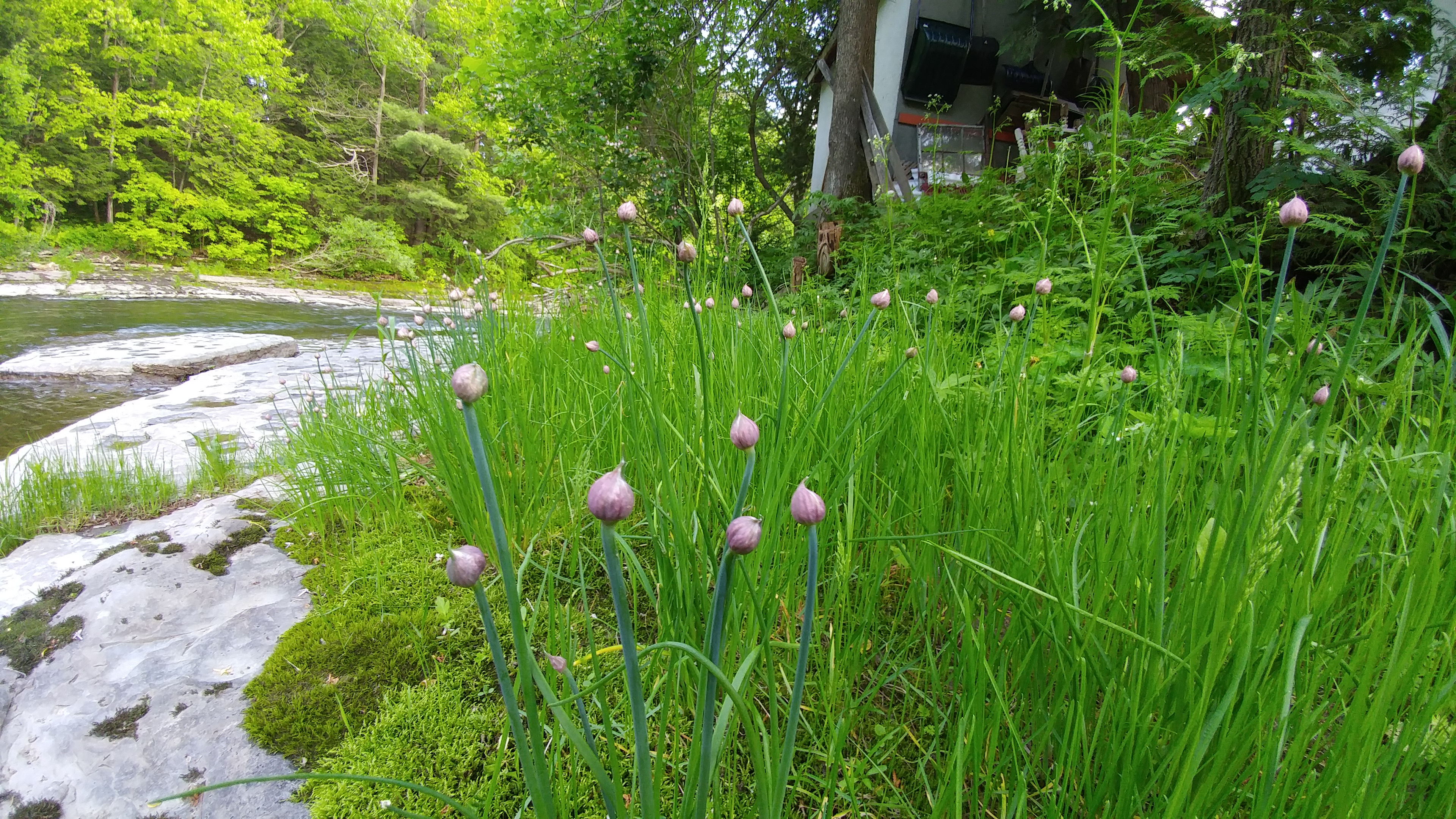
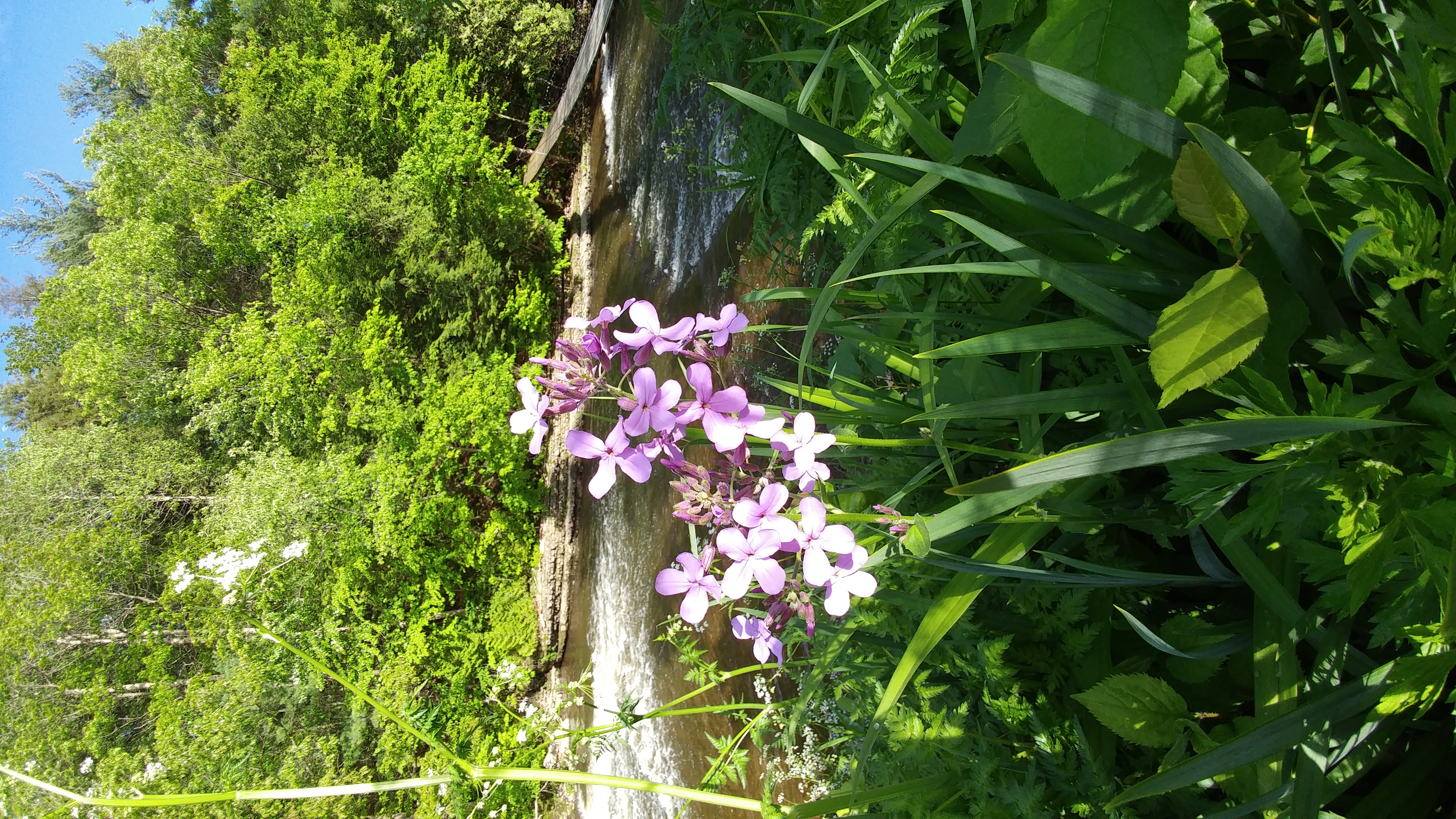
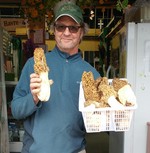

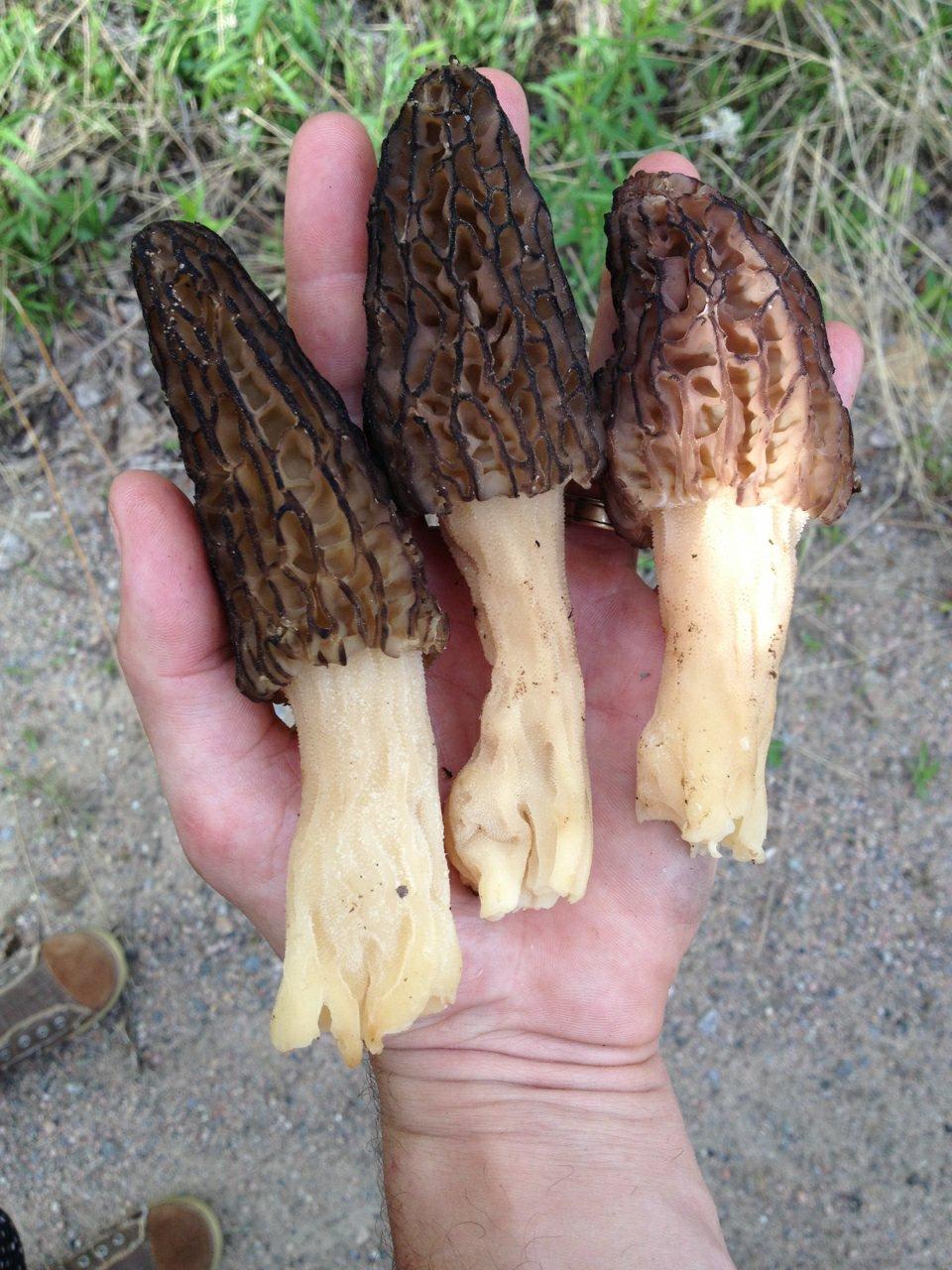
Reader Comments